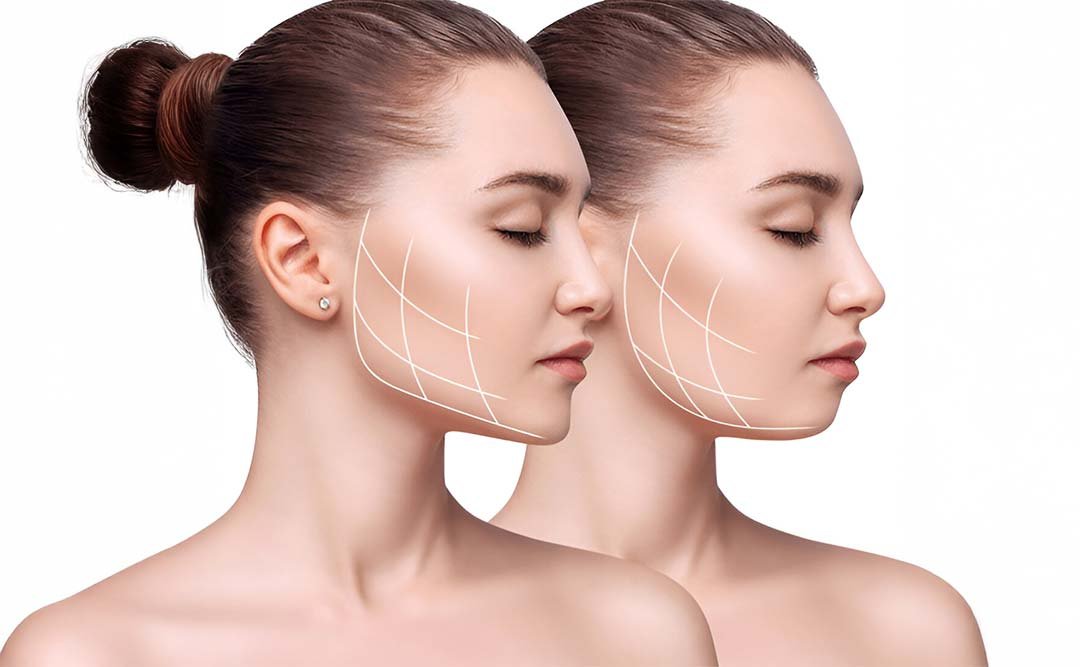Orthognathic or jaw surgery is a diagnostic procedure conducted by experienced dental experts to rectify facial asymmetry, jaw discrepancies, and malocclusions. The surgical process is conducted to enhance oral function, facial appearance, and speech. Patients may have oral surgery performed for several health-related purposes, including but not limited to, the correction of birth defects, the correction of trauma incurred to the jaw or mouth, the correction of such ailments as sleep apnea, or even the enhancement of overall esthetics.
The following article will give a complete overview of the various forms of oral or jaw surgery procedures, explaining how these procedures are conducted, what patients can expect from their recovery process, and possible outcomes of the procedures.
Jaw Surgery: In Glance
Orthognathic jaw surgery is a type of surgery that is primarily used to correct the majority of jaw bone malalignment and deformities. It is a type of specialized surgery that is extremely crucial not only to correct jaw alignment but also to correct the overall functioning of the facial functions such as biting and beautifying the face.
The surgical operation is usually conducted by a highly experienced oral and maxillofacial surgeon, a professional who has ample experience in the specialized area. Such a specialist collaborates with orthodontists so that there is a firm collaboration in addressing the appropriate correction of complex cases. It requires a good team of doctors to plan and achieve a successful outcome.

Understanding the Necessity Of Jaw Surgery
Jaw surgery works miracles for those individuals who are experiencing issues with jaw misalignment, serious bite problems, or facial deformity that is harming their way of life. Several causes exist as to why an individual would choose surgery, including:
- Correction And Adjustment Of Bite Issues: Issues such as overbite, underbite, crossbite, and open bite can be catastrophic to functions such as chewing and speaking, and impact facial structure and harmony in general. Thus it requires jaw correction surgery to improve the esthetics of facial features and function of the jaws .
- Facial Esthetic Enhancement: The treatment can refine the overall balance and structure of the facial elements significantly, correcting effectively asymmetry as well as other imperfections that may be present. It instills a level of confidence when facial esthetics are enhanced.
- Treatment Of Temporomandibular Joint Disorders: Serious TMJ illnesses with horrific pain and dysfunction are appropriately addressed through the use of the choice for surgery that restores normal function and decreases pain.
- Improving Airway Function: Sleep apnea, among other disease conditions, is managed by opening up the jaw to enlarge the airway. Helps with improving the quality of life when sleep is adequate and one is well rested.
- Correction of Congenital Deformities or Trauma: Congenital malformations of the jaw or jaw trauma that impair the function of the jaw and facial appearance can be corrected by surgery.
Signs You Require Jaw Surgery
Although a specialist is the only one who can provide you with a proper confirmation regarding whether or not you require surgery, on a personal level, you can analyze early signs of jaw surgery. They are:
- Trouble biting or chewing food.
- Pain or discomfort in the jaw joint while opening/closing the mouth.
- Disproportion or facial disfigurement.
- Difficulty or inability to close the mouth properly from the bite being off.
- Speech problems may also ensue owing to the displaced jaw which distorts typical oral communication.
- A repeated and chronic case of headaches or earaches may occur, which is typically accompanied by issues and complications of the jaw.
- Problems associated with respiratory conditions, such as conditions involving sleep apnea, can be very serious.
- Receding or protruding jaw.
5 Types of Jaw Surgery
There are many other types of jaw surgery, and which one is best usually depends on what type of issue you are correcting or treating. Some of the most common and popular forms of surgery include the following:
Maxillary Osteotomy (Upper Jaw Surgery)
This is performed on the upper jaw (maxilla) to correct problems like:
- Severe overbite
- Open bite
- Crossbite
- Midface deformities
- Cleft palate repair
The orthodontist sets the teeth up in a certain position to allow the experienced surgeon to surgically orient and fix tha jaw in the correct position.
Mandibular Osteotomy (Lower Jaw Surgery)
Lower jaw surgery corrects issues like:
- Underbite
- Receding chin
- Facial asymmetry
The teeth often try to compensate when the jaws are not in correct position like in an under bite or when mandible is protruding forward. The orthodontist and the oral surgeon carefully plan the movements of the jaw to correct the asymmetry or discrepancy in 3-dimensional space once the teeth are set in the correct position in the jaw by an orthodontist,
Genioplasty (Chin Surgery)
Genioplasty is basically used to reconnect or re-counter the existing chin structure often helps to balance the facial features. . It is frequently employed in combination with mandibular osteotomy in the interest of optimizing facial harmony. Genioplasty assists.
- Receding or protruding chin
- Facial disharmony
Bimaxillary Osteotomy (Double Jaw Surgery)
Double Jaw Surgery is a procedure in which there is extensive use of the upper jaw and lower jaw. It is usually indicated in the situation of extreme malalignment of jaws and correction of major facial deformities. The most common disorders that are managed with the application of this technique are:
- Extreme underbite or overbite
- Open bite
- Facial asymmetry
- Sleep Apnea
Distraction Osteogenesis
Distraction osteogenesis is an extremely advanced medical technique used to lengthen the jawbone very gradually and sequentially over a considerable amount of time.
It is commonly applied in the case of patients with congenital malformations of the jaw complex as well as in the case of patients with extreme facial reconstruction that is due to trauma or accident.
Procedure: Undertaking Steps to Perform Surgery
Jaw surgery is a process that has many steps and involves several of them, each requiring meticulous planning and ongoing observation of post-operative care to provide the optimal outcome. The entire process generally consists of the following elements:
Pre-Surgery Preparation
- Professional Consultation: A professional orthodontist, accompanied by an expert oral surgeon, will examine and study your case thoroughly.
- Orthodontic Treatment: Orthodontic treatment is required before and after any surgery is performed to set the teeth in alignment correctly.
- 3D planning and Imaging: Computer scans allow the experts to map out the exact changes to be undertaken.
Operative Technique
- Conducted under general anesthesia.
- Incisions inside the mouth to avoid scarring on the outside.
- Cut and reposition jawbones as necessary.
- Plates, screws, or wires are specifically designed for jaw stabilizing.
- The duration takes 2-4 hours depending on the level of complexity.
Recovery after Surgery
- Early pain and swelling.
- Post operative recovery period of 10-14 days
- Antibiotics and pain control are prescribed.
- Physical therapy and jaw exercises if required.
Your Perfect Smile is Just a Surgery Away!
Having talked about certified professionals, the expert team at “Art Of Smile” has established itself as one of the most renowned dental professionals in Philadelphia. Our Board Certified Orthodontist – Dr. Shah with her specialty residency training in surgical cases will help get a plan that suits our patients’ timeline and goals to help our patients seamlessly achieve beautiful smile they have always dreamed of.



